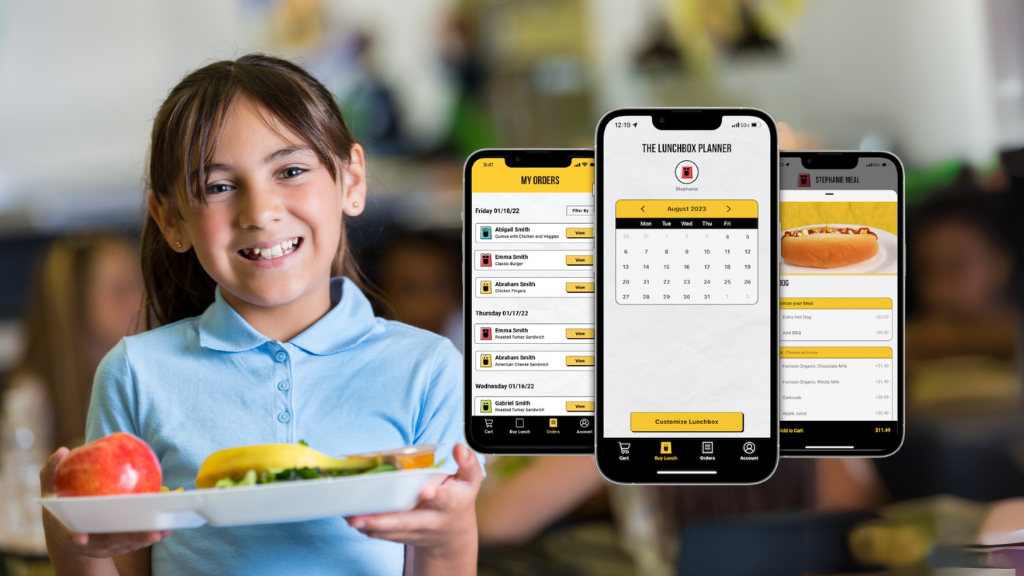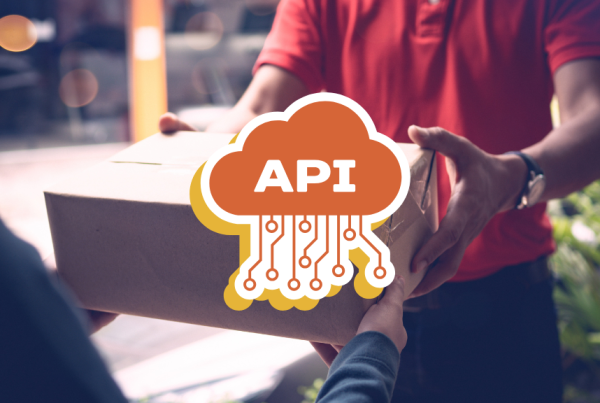Consider the daily challenge of preparing school lunches – planning healthy meals, managing preferences and allergies, and finding time in a busy schedule to make it all happen. Our Lunches recognized this common parenting pain point and envisioned a solution: a digital platform where parents could order meals for direct delivery to their children’s schools. On the surface, it seemed straightforward. But like many seemingly simple ideas, the reality was far more complex. The founders initially tried working with existing solutions, customizing off-the-shelf software to fit their needs. However, they quickly discovered that this patchwork approach wasn’t sustainable – the systems weren’t flexible enough, and critical features were missing. They knew there had to be a better way to serve parents and schools.
This is the art and science of product development in action – taking a common problem and transforming it into a digital solution that provides real value. The platform needed to handle numerous variables: allergies and dietary restrictions, multiple school delivery locations, varying lunch schedules, kitchen assignments, and delivery logistics. What appeared simple on the surface required sophisticated backend systems and careful user experience design to manage these complexities while keeping the service easy for parents to use.
Whether you’re considering building a custom client portal, creating a specialized e-commerce platform, or developing any other digital product, understanding this development process is crucial for success. The Our Lunches story shows how thoughtful product development can turn a complex operational challenge into a seamless user experience.
Why Custom Development Matters
In today’s digital landscape, standing out means offering something unique. While there are countless off-the-shelf solutions available, they often fall short when it comes to:
- Supporting unique business processes
- Providing competitive advantages
- Creating seamless user experiences
- Integrating perfectly with existing systems
The Product Development Journey
Discovery: Where Art Meets Science
The journey begins with discovery – a crucial phase that many businesses rush through. This is where you:
- Define the Problem Don’t start with solutions – start with problems. What are your users struggling with? What processes are inefficient? What opportunities are you missing? The art lies in asking the right questions; the science lies in gathering and analyzing the data.
- Research the Market Look at existing solutions, but don’t be limited by them. Study your competitors, but more importantly, study your users. What do they love? What frustrates them? What do they wish was possible?
Planning: Converting Ideas into Blueprints
This is where your vision starts taking shape. Good planning involves:
Feature Prioritization Not everything needs to be built at once. Consider using the MoSCoW method:
- Must-have features
- Should-have features
- Could-have features
- Won’t-have (at least not in this version) features
Technical Feasibility Work with your development team to understand what’s possible, what’s challenging, and what might need to be approached differently. This is where experience in custom development becomes invaluable.
Development: Building Smart
Starting with an MVP (Minimum Viable Product)
Starting with a Minimum Viable Product (MVP) is crucial for successful product development. Rather than attempting to build every desired feature at launch, focus on the core functionalities that solve your users’ fundamental problems. This approach accelerates your time to market, allowing you to gather invaluable user feedback and adjust your product based on real usage data. The MVP approach also minimizes initial investment risk while validating your product’s market fit. As you learn from your users’ interactions and feedback, you can make informed decisions about which features to develop next, ensuring every addition provides genuine value.
Integrating with Existing Systems
System integration is a critical consideration that can make or break your product’s success. Your new solution needs to work harmoniously with your existing business ecosystem, including your current tools, payment systems, communication platforms, and analytics software. Think of your new product as a new team member who needs to collaborate effectively with everyone else. Planning these integrations from the start ensures smooth data flow between systems, prevents duplicate data entry, and creates a seamless experience for both users and administrators.
Testing: The Science of Quality
Testing isn’t just about finding bugs – it’s about ensuring your product truly serves its purpose:
Functional Testing
- Does everything work as intended?
- Are all the calculations correct?
- Do all the integrations function properly?
User Testing
- Is the product intuitive to use?
- Does it solve the intended problems?
- What feedback are early users providing?
Launch and Iterate: The Ongoing Journey
The launch of your product isn’t the end of the journey – it’s just the beginning. Successful digital products thrive on continuous evolution, driven by user feedback and changing market needs. Monitor how users interact with your product, gather their suggestions, and track performance metrics. Regular updates and improvements based on this data keep your product relevant and valuable. The most successful products often evolve in ways their creators never initially imagined, adapting to user needs and market opportunities as they arise.
Common Pitfalls to Avoid
- Feature Creep: Don’t try to build everything at once. Start focused and expand based on real user needs.
- Ignoring User Feedback: Your users will tell you what they need – if you listen. Build feedback mechanisms into your product from day one.
- Overlooking Scalability: Plan for growth from the start. Consider how your product will handle increased users, data, and functionality.
- Rushing to Market: While speed is important, rushing through crucial planning and testing phases often leads to bigger delays later.
The Investment Perspective
When considering the investment in custom product development, think beyond the initial costs. A well-executed custom solution can create new revenue streams, significantly improve operational efficiency, and provide lasting competitive advantages. Perhaps most importantly, you’re building valuable intellectual property – an asset that can grow in value over time. While off-the-shelf solutions might seem more economical initially, custom development often provides better long-term return on investment through reduced operational costs, improved user satisfaction, and unique market positioning.
Success Metrics to Consider
How do you know if your product development is successful? Consider:
- User adoption rates
- Time saved in operations
- Revenue generated
- Customer satisfaction scores
- Reduced support tickets
- Market differentiation
Looking Ahead
The most successful digital products maintain their relevance through constant evolution. As technology advances and user expectations shift, your product must adapt accordingly. This might mean incorporating new technologies, responding to changing market conditions, or scaling to accommodate business growth. The key is building your product with flexibility in mind from the start, creating a foundation that can support future innovations and adaptations. Think of your product as a living entity that grows and evolves with your business and your users’ needs.
The Bottom Line
Creating a custom digital product is like building a house – you need a solid foundation (planning), expert builders (developers), quality materials (technology choices), and a clear vision of what you want to achieve. The art lies in understanding your users and creating something they’ll love; the science lies in building it reliably and scalably.
Remember Our Lunches? Today their platform serves thousands of parents, turning the daily lunch preparation challenge into a simple ordering process. That’s the power of thoughtful product development – it can take a universal problem and transform it into an opportunity that benefits everyone involved.
Whether you’re building a small custom tool or a full-featured platform, the principles remain the same: understand your users, plan carefully, build smartly, and keep improving based on real-world feedback.




